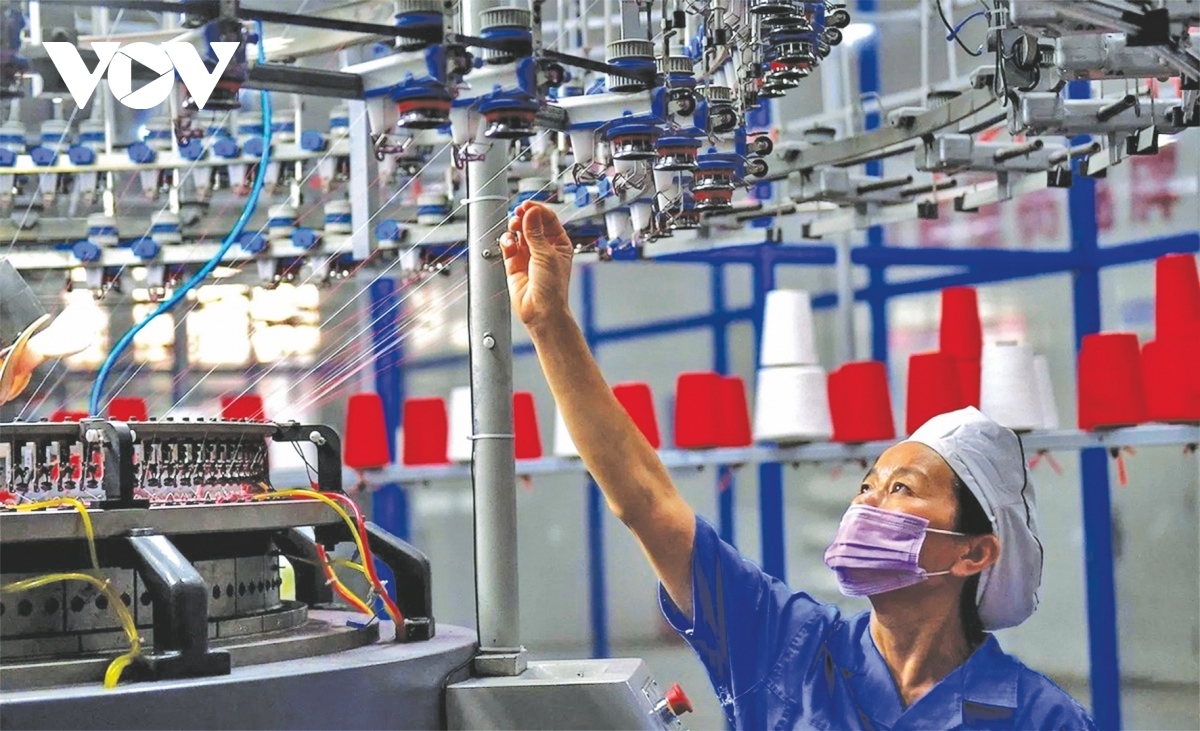Two scenarios for Vietnamese economy in 2023
VOV.VN - The Central Institute for Economic Management (CIEM) has developed two scenarios for the Vietnamese economy in 2023 after an 8% growth rate was recorded in 2022.

According to CIEM, Vietnam’s economic outlook in 2023 may be influenced by more factors than previous years. Among the factors are the country’s ability to control the spread of coronavirus variants and new diseases, the degree of monetary tightening in key economies to handle inflationary pressures, the rising geographical competition and the protracted Russia-Ukraine conflict.
Other factors include the progress in implementing the national socio-economic recovery and development programme, the introduction of more financial and monetary policies to support economic recovery, the diversification of export markets associated with the utilization of free trade agreements, and the depreciation of regional currencies against the US dollar.
Weighing those factors, CIEM researchers put forward two scenarios for the Vietnamese economy in 2023.
In the first scenario, the national economy is likely to grow by 6.47%, with export turnover to expand by 7.21%, and inflation to be kept at 4.08%, while trade surplus is anticipated to bring in US$5.64 billion.
In the second scenario, the national economy is likely to grow by 6.83%, with export turnover to accelerate by 8.43%, and inflation to be controlled at 3.69%, while the trade surplus is anticipated to generate US$8.15 billion.
CIEM also analyzed the current situation of cross-border paperless trade in Vietnam. In the face of slowing economic growth in the long term, Vietnam is also looking for new growth drivers, including the development of the digital economy.
The government of Vietnam has implemented powerful solutions to support the development of the digital economy as well as digitalization in public service delivery.
Efforts to promote paperless trade have also been accelerated, including making full use of the United Nations Framework Agreement on Facilitation of Cross-Border Paperless Trade in Asia and the Pacific (CPTA). Meanwhile, ASEAN member states have also promoted the development of the ASEAN Single Window (ASW), and they are considering broader cooperation in the CPTA.
In addition, CIEM also proposed issues for consideration in order to increase the level of technical and legal readiness for cross-border paperless trade in the coming time.

